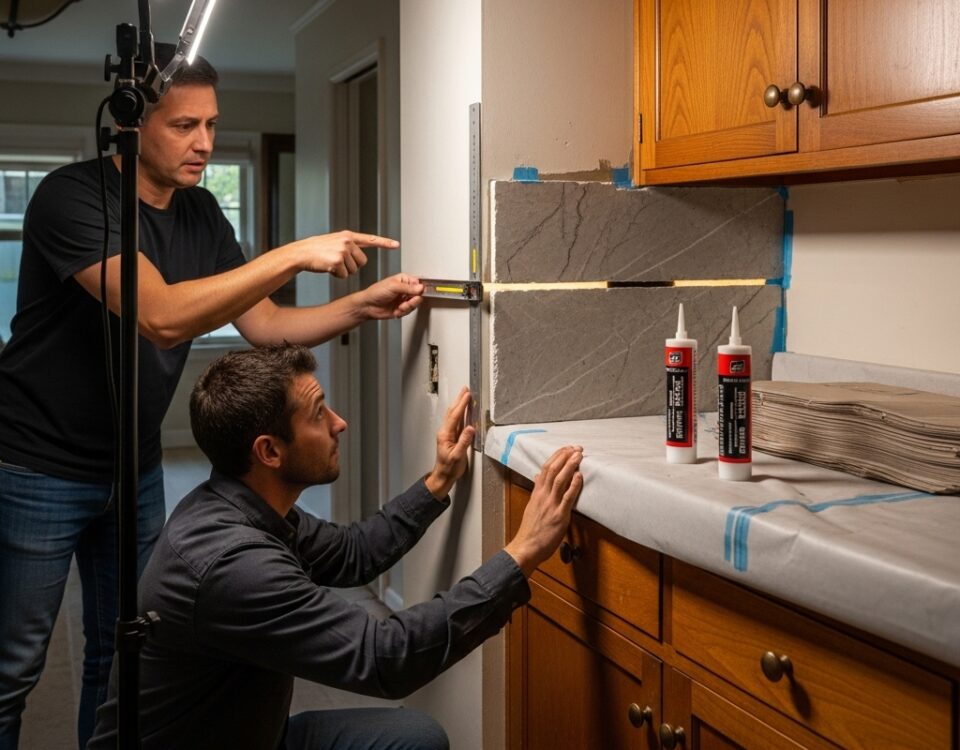Soapstone Backsplash: Unique Features for a Distinctive Look
December 16, 2024Quartzite Kitchen Countertops: Durability and Performance Examined
December 16, 2024Travertine Backsplash: Bringing Warmth to Your Kitchen Aesthetics
Incorporating a travertine backsplash into your kitchen design not only enhances aesthetic appeal but also serves a functional role. This sedimentary rock, formed by mineral deposits from natural springs, boasts a unique porous texture and a palette of earthy colors that can seamlessly integrate with various design styles. Its inherent resistance to heat and moisture makes it an ideal material for kitchens, ensuring durability alongside beauty. However, the nuanced installation process and the necessity for routine maintenance to preserve its natural elegance pose intriguing challenges. What strategies can homeowners adopt to maximize the longevity and allure of travertine?
Benefits of Travertine Backsplash
Why should homeowners consider a travertine backsplash for their kitchen or bathroom renovation?
Travertine, a form of limestone, offers a unique combination of durability and aesthetic appeal. Its natural porosity and warm, earthy tones impart a rustic elegance, making it a seamless fit for those seeking a sense of belonging through traditional, yet sophisticated design choices.
The stone’s subtle variations and patterns render each piece distinct, adding depth and character to interior spaces. Additionally, travertine possesses inherent resistance to heat and moisture, crucial for environments such as kitchens and bathrooms.
Its timeless beauty and functionality, coupled with the ability to complement a wide range of color palettes and design styles, make travertine an ideal choice for homeowners desiring both form and function.
Installation and Maintenance Tips
To fully capitalize on the benefits of a travertine backsplash, understanding the intricacies of its installation and maintenance is paramount.
Begin by ensuring the surface area is clean, dry, and level. Utilize a high-quality thin-set mortar for adhesion, applying it evenly across the substrate with a notched trowel for optimal bonding.
After setting tiles, allow 24 hours for curing, then seal the travertine to protect against stains and moisture.
Regular maintenance involves gentle cleaning with a pH-neutral cleaner, avoiding acidic substances that could damage the stone.
Periodic resealing every 1-2 years is advised to preserve the stone’s natural luster.
Read More:
Soapstone Backsplash: Unique Features for a Distinctive Look




